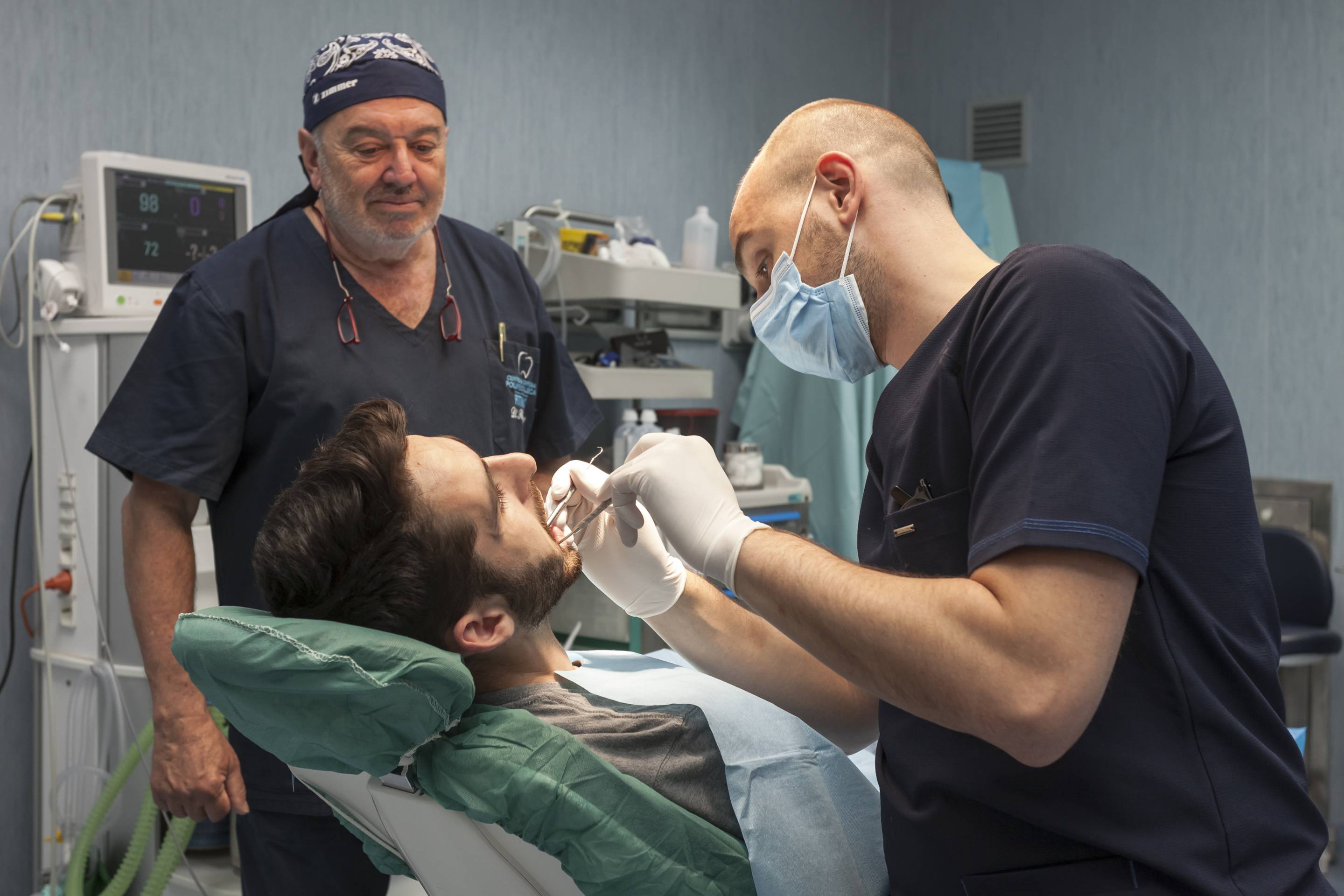In addition to the fundamental support function offered by both the alveolar bone and the connective fibers of the periodontal ligament, the periodontium performs other important functions, such as gingival nutrition and dental restoration.
The most common pathology in this field is periodontal disease, which can be triggered by three different causes: genetic factors, microbial factors and mechanical factors (occlusal trauma, incorrect brushing, bad habits, orthodontic bands, misplaced prostheses, incongruous reconstructions...).
This pathology manifests itself through gingival inflammation (redness, pain, bleeding) and the loss of epithelial attachment, which results in gingival retraction. If ignored, it leads to bone — and eventually tooth — loss.
The therapies to be adopted generally depend on the causes that led to periodontal disease:
- in the case of a mechanical trauma, it is convenient to perform orthodontic interventions, prosthetic procedures or finishing the incongruous restorations
- in the case of microbial and infectious factors, it is important, above all, to perform phases of the causal non-surgical therapy (scaling, curettage — i.e., tartar and plaque removal from the tooth wall below the gum — root planing, laser) in order to eliminate local etiological factors and to stop the disease, resulting in immediate improvement in periodontal health.
- in the event of more serious stages and in a more advanced stage of periodontal disease, surgical intervention can be performed through regenerative techniques (guided bone regeneration), resective techniques (gingivectomy, gingivoplasty), or by choosing techniques that involve the use of surgical flaps in order to obtain a gingiva gain.
In any case, whatever the cause which led to periodontitis, and whatever the therapy undertaken, in order not to hinder all therapeutic efforts, it is important for the patient to maintain proper oral hygiene at home, as well as a series of periodic checks planned with the dentist.



